Over winter break, I went back home to Atlanta and visited some of my friends at Georgia Tech. We went out one night on campus, and at around midnight I asked about getting a bus (which are called “Stingers” at Georgia Tech) back to the dorms. My friend told me that it wouldn’t be necessary, pulled out their phone, and told me they were going to call a “Stingerette.” Fifteen minutes later, a Stingerette van pulled up to the sidewalk and took us all right back to the dorm. The use of these vans is completely free to students, and they run all night. These Stingerettes essentially serve as a free Uber for students, allowing everyone to get back safely at the end of the night.
Don’t get me wrong, I’m a big fan of the Pioneer Valley Transit Authority and I appreciate the work of all of its drivers. It’s important to acknowledge, however, that the system has its faults. Between scheduling errors and busses not being where they’re supposed to be, traveling via the PVTA during the day frequently proves difficult. Additionally, overcrowding on all of the busses is not only inconvenient, it’s a safety hazard in the wake of a pandemic. I believe that the biggest issue one faces when riding the PVTA is attempting to travel at night. Busses become limited at night which means students have fewer options to get back home safely, at the time when it’s most important.
A “Stingerette”-style system adopted at the University of Massachusetts would make travelling at night much more convenient and safer for students. An obvious counterpoint to this claim is that the University already doesn’t have enough bus drivers, so where would they find the people to drive these vehicles? The answer is pretty simple: UMass needs to pay their drivers more. UMass not paying their employees enough is a large issue, and is no way isolated to bus drivers. What seems like every year, UMass admits its largest class in history and continues to try and fit more students into an already-cramped campus. With all of these new students, UMass is bound to have a couple of extra dollars lying around to pay their employees with.
One may argue that bus drivers at UMass are already being paid enough. Their starting wage of $18 an hour is the highest paid job offered to students at the university. This is indicative of a problem that runs much deeper than bus drivers. The highest paid job offered to students is only a couple dollars above the state’s minimum wage. Additionally, student workers are limited to only 20 hours a week during the academic year. This means a student has the potential to earn, at most, around $11,000 for the academic year. This is only 15.7% of the average salary of a UMass worker. Furthermore, Chancellor Subbaswamy earns a salary of approximately $502,000 per year; 791.7% higher than the average salary of a UMass employee and 4563.6% higher than the most a student can make as a bus driver. Given that Chancellor Subbaswamy is not even the highest paid employee at UMass, I think it’s safe to assume that the University should make it a priority to pay student workers more for their labor.
A lack of adequate public transport is an issue that affects all of America, not just UMass. The majority of the developed world has high-speed rail systems in place which provide citizens with an affordable option to travel long distances. It is unlikely we will ever see a system like this in America due to extensive lobbying from major airlines. Because of this, travelling is not a right, but becomes a privilege that is only available to the upper class.
This nationwide aversion to public transportation directly impacts students all over the country. UMass makes an effort to continue being a campus where anyone can have car and easily get around. Those without cars are told that they can easily walk wherever they need to go- unless their destination is too far, or it’s snowing, or the sidewalk are inaccessible due to a build-up of ice, or the temperature is in the negatives, which are all scenarios that occur quite frequently on the campus. These students without cars are forced to turn to the grossly inadequate PVTA system, and if it’s too late in the night, it may not even be available to them. UMass directly contributes to the notion that travelling is a privilege, instead of granting students the right they deserve.
In Atlanta, we have a small subway system that runs through the city called the Metropolitan Atlanta Rapid Transit Authority or MARTA. This system has the potential to be much bigger, but none of the surrounding areas will allow MARTA to run in their town. This is because they’re afraid that having this affordable transportation option running from the city to the suburbs will cause homeless people to travel to their towns. This phenomenon is not isolated to Atlanta and is something we see in a number of major cities across America. This shows that this country’s aversion to public transportation is not all about profits—it also has to do with the stigma surrounding people who use these systems to get around.
Obviously, a high-speed rail system is not plausible for our university to implement, but there are a number of ways UMass could improve its public transportation. An implementation of a “Stingerette”-style system would allow for students to travel back to their dorms at night safely and conveniently. An influx of cash into the PVTA system would allow for more drivers, better working conditions and increased bus availability at night. UMass has a working public transportation system, but that doesn’t mean there aren’t steps that should be taken to improve it.
Zach Leach can be reached at [email protected].

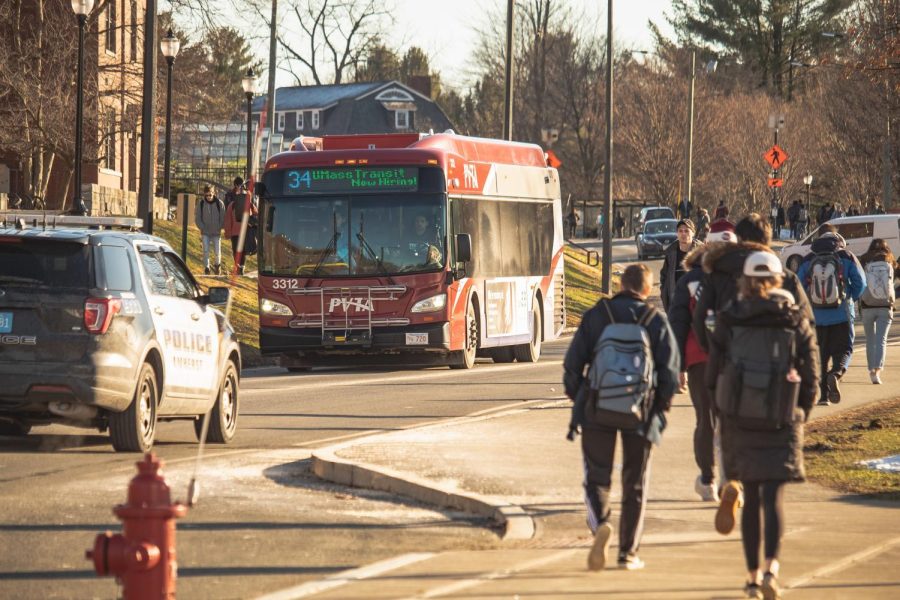

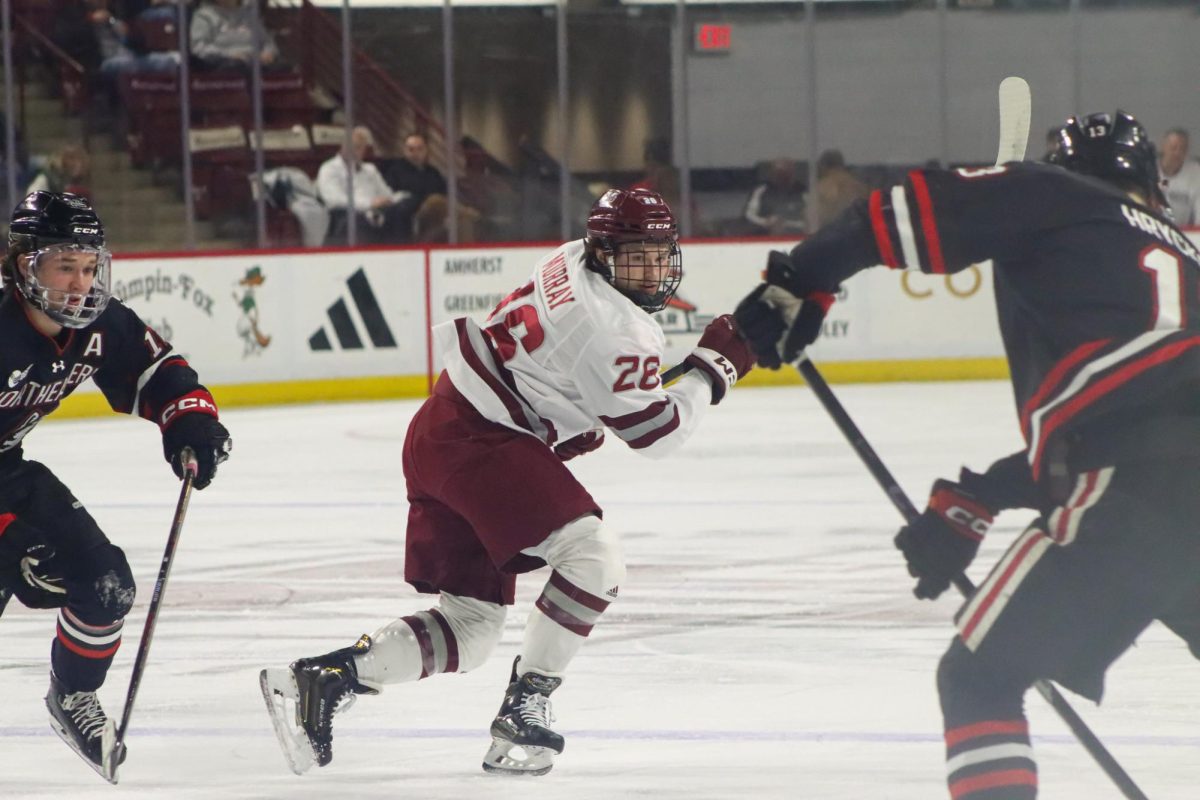
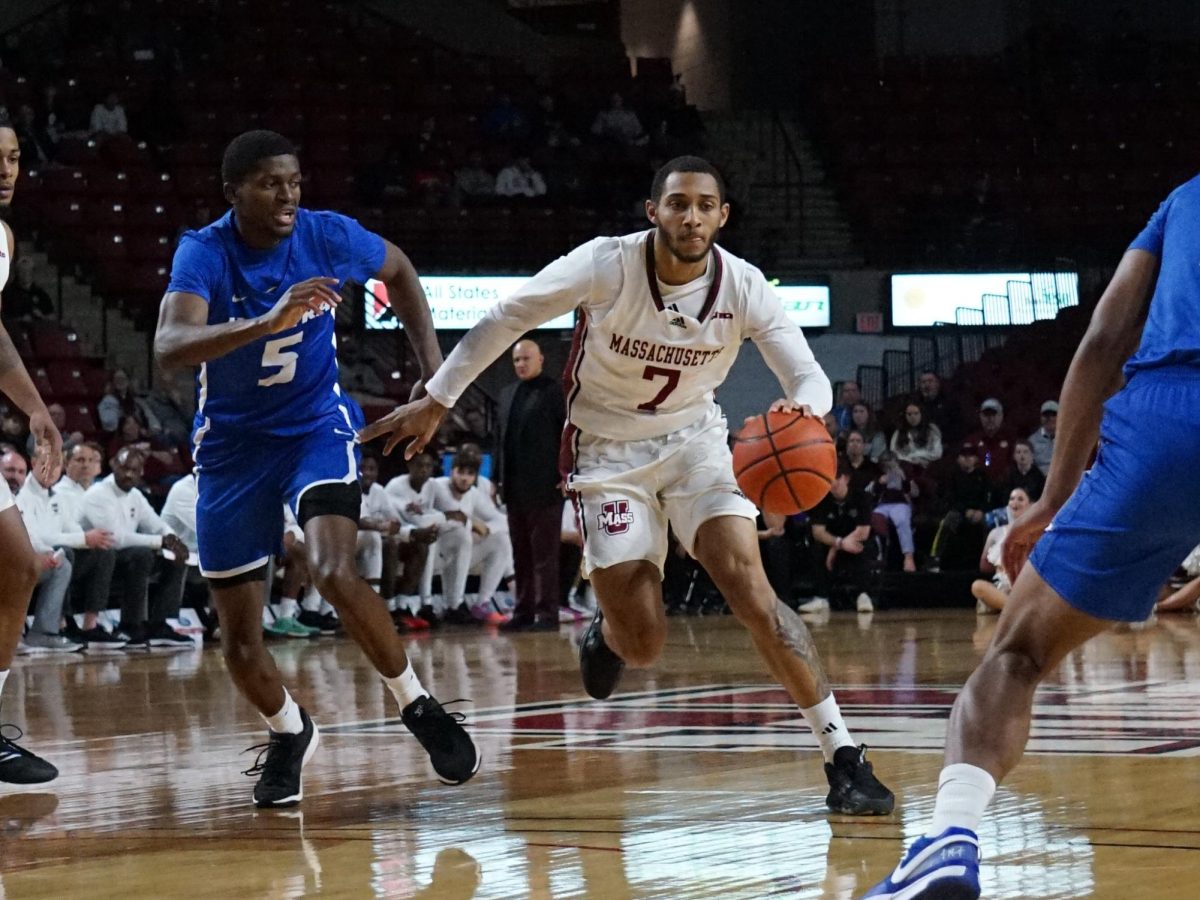
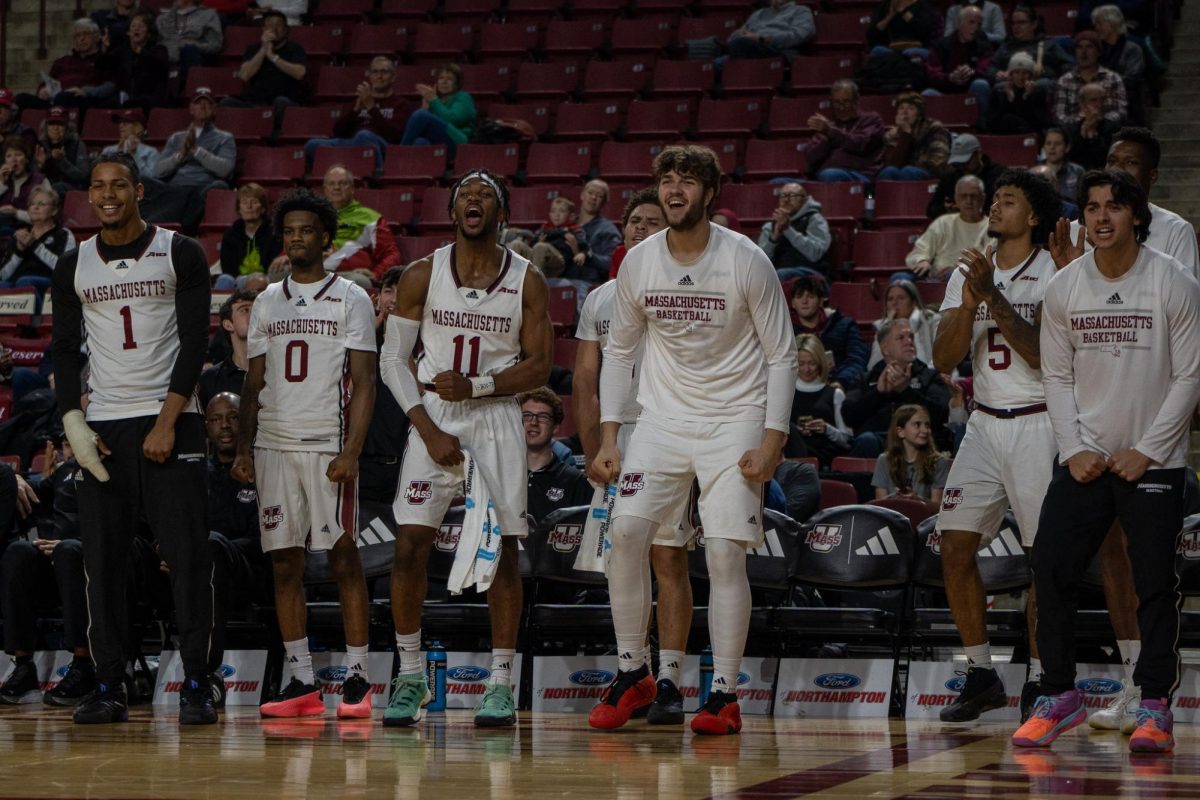
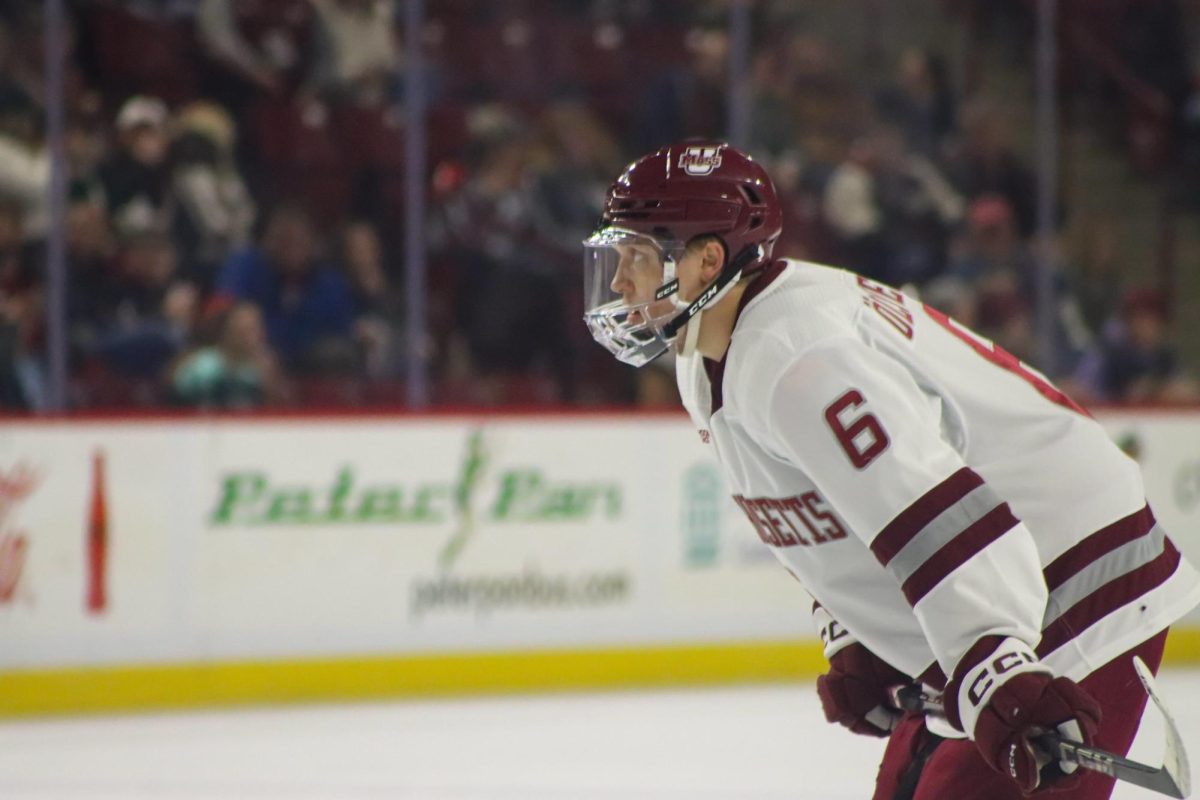
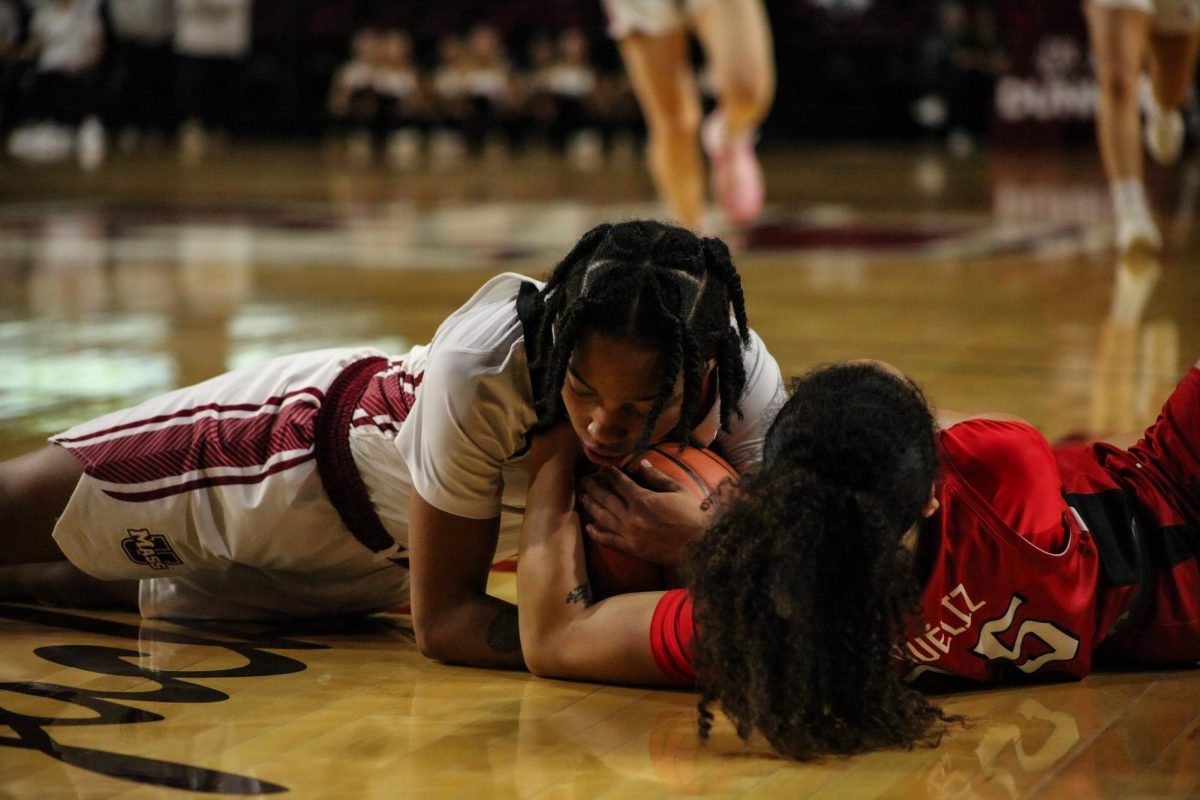
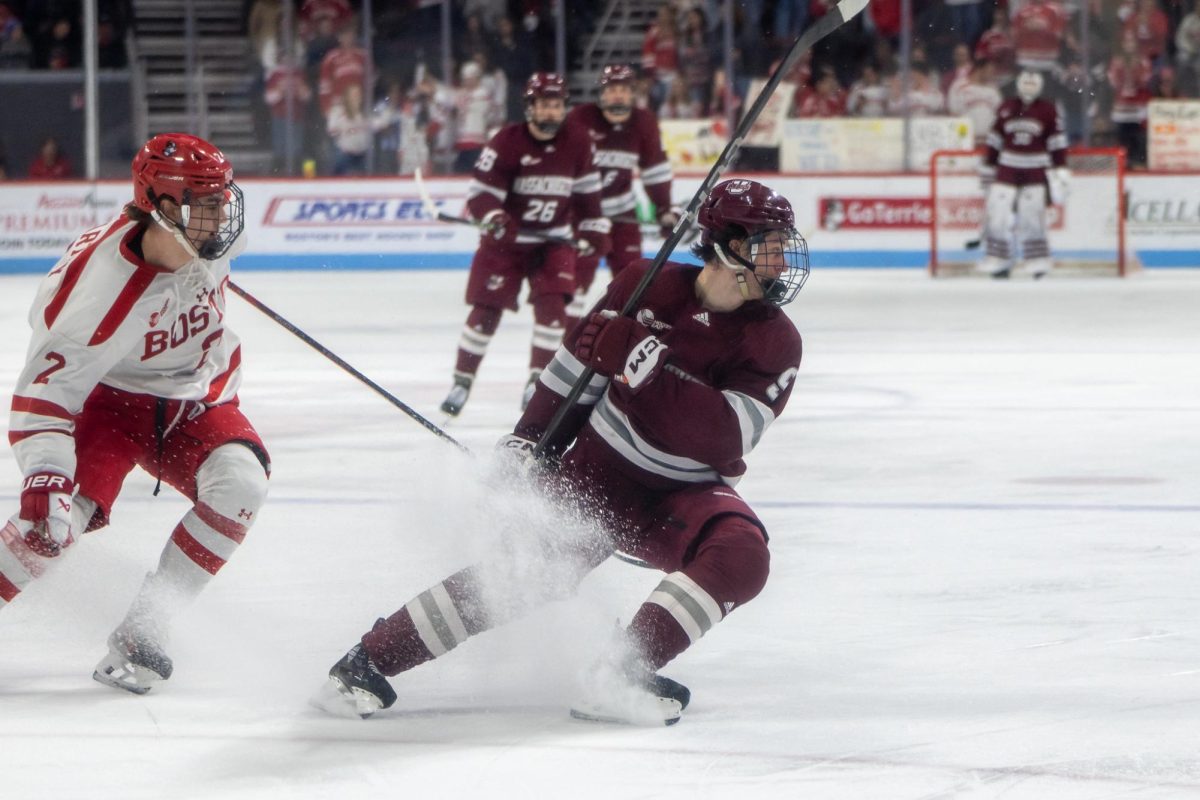
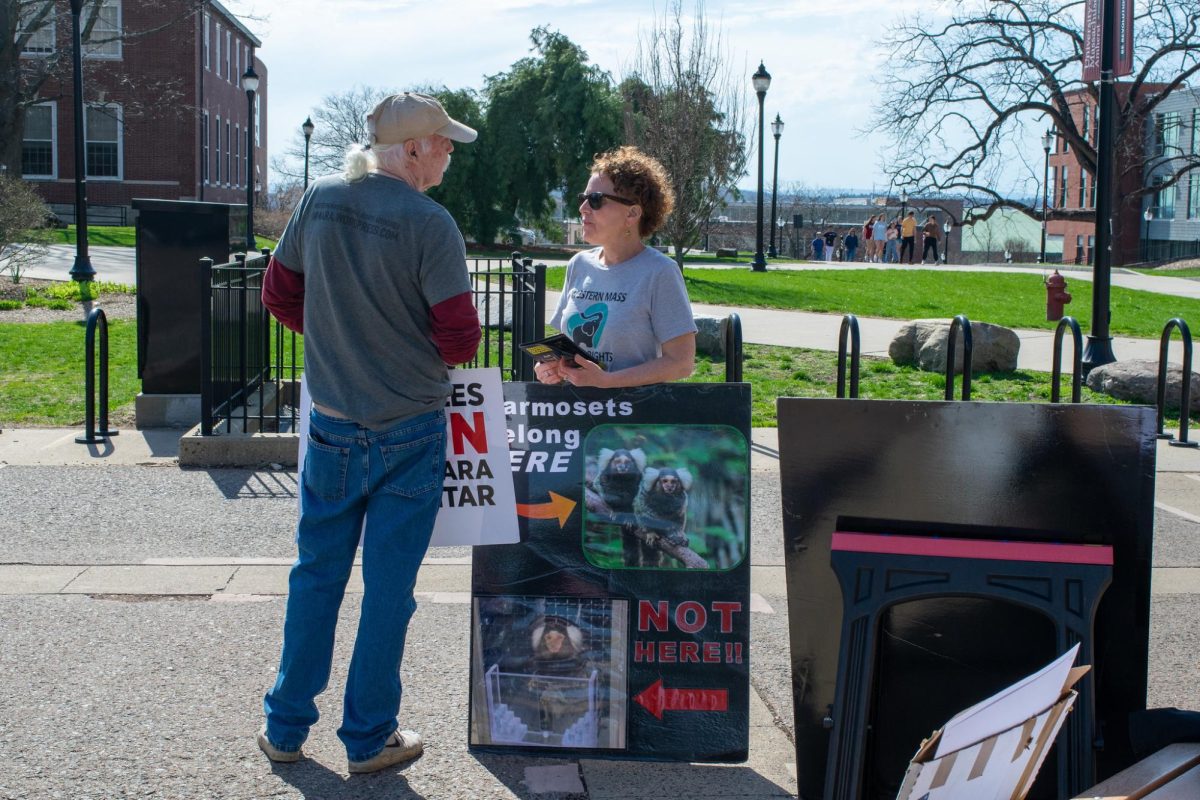
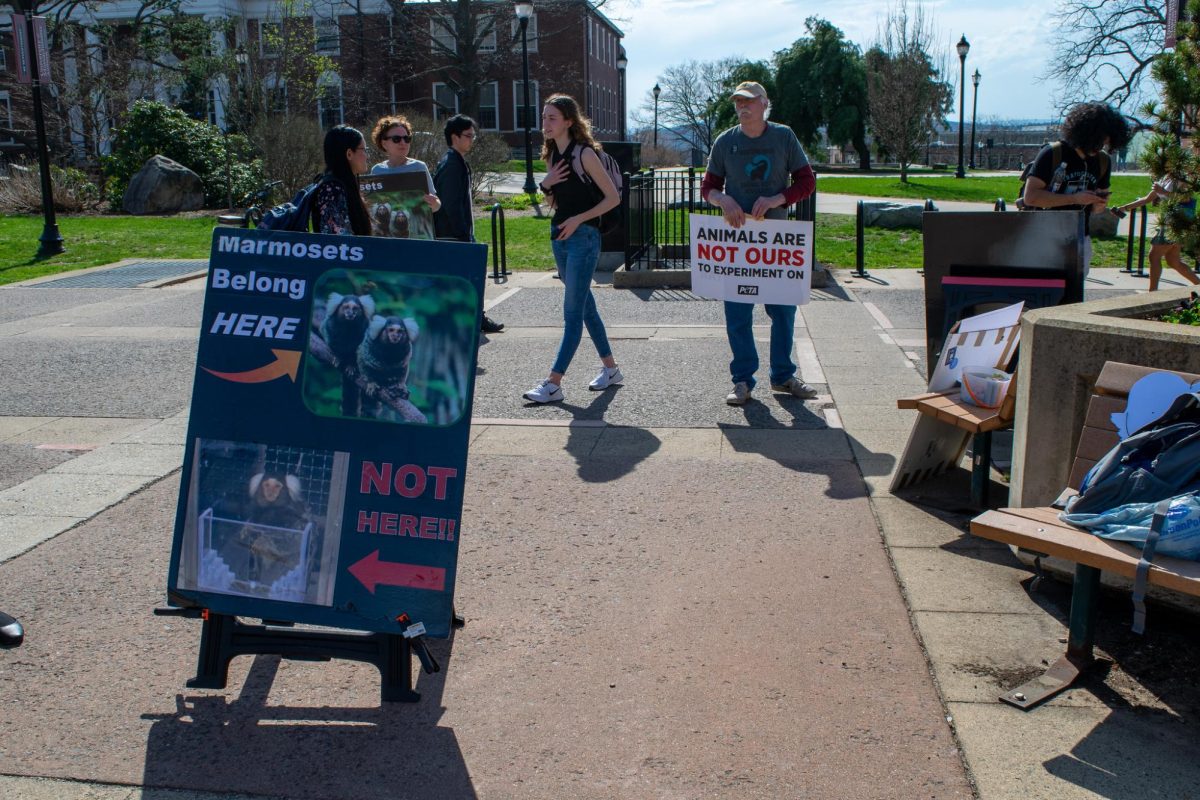

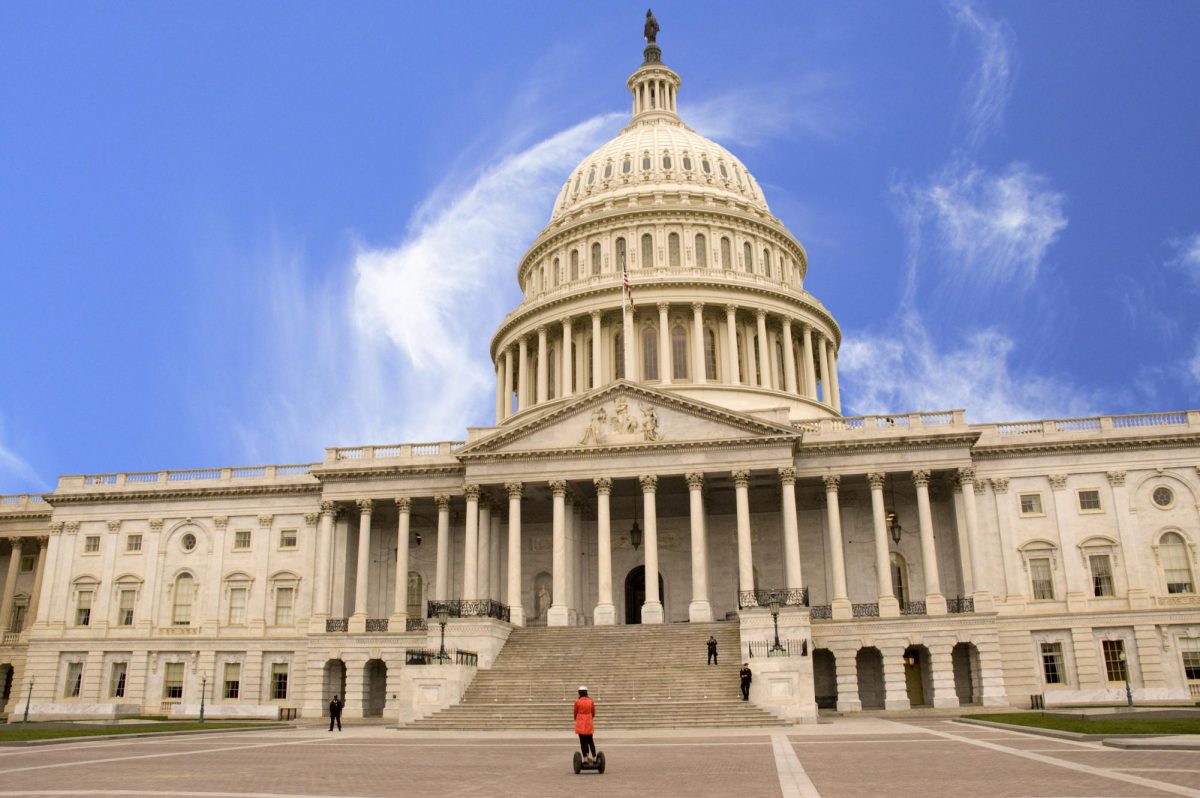
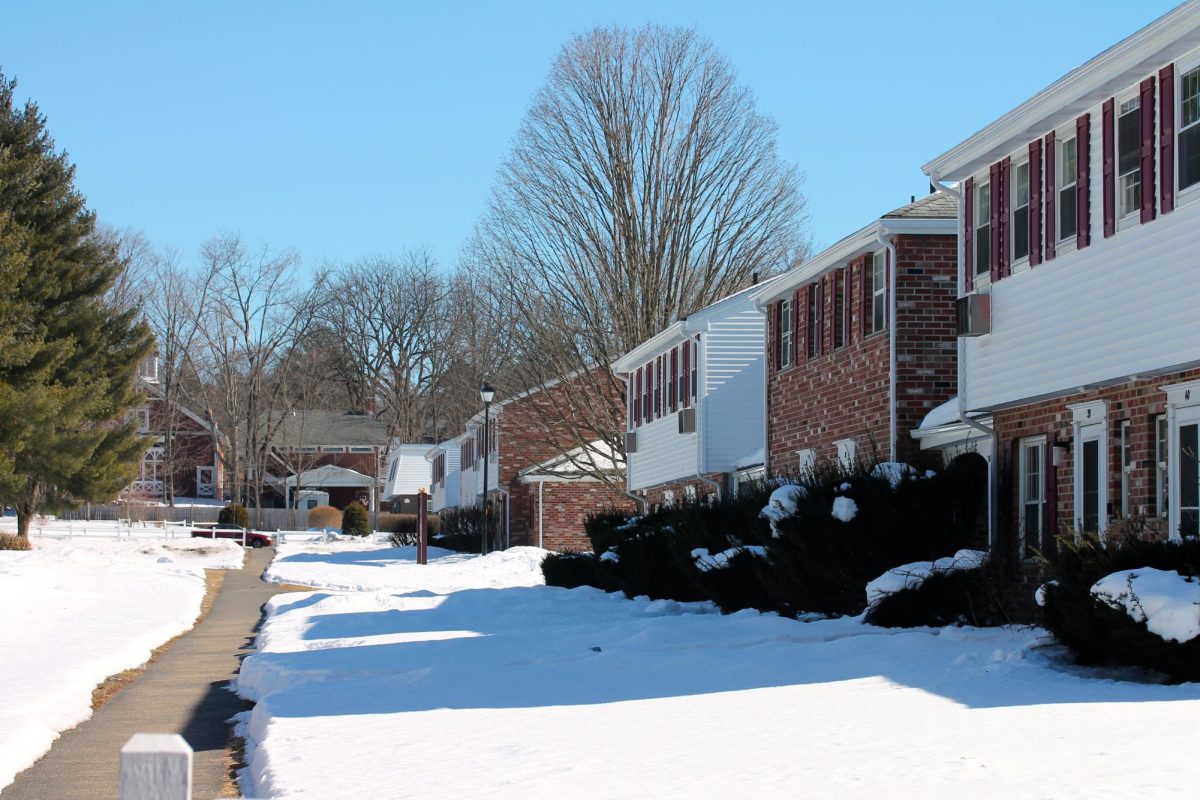
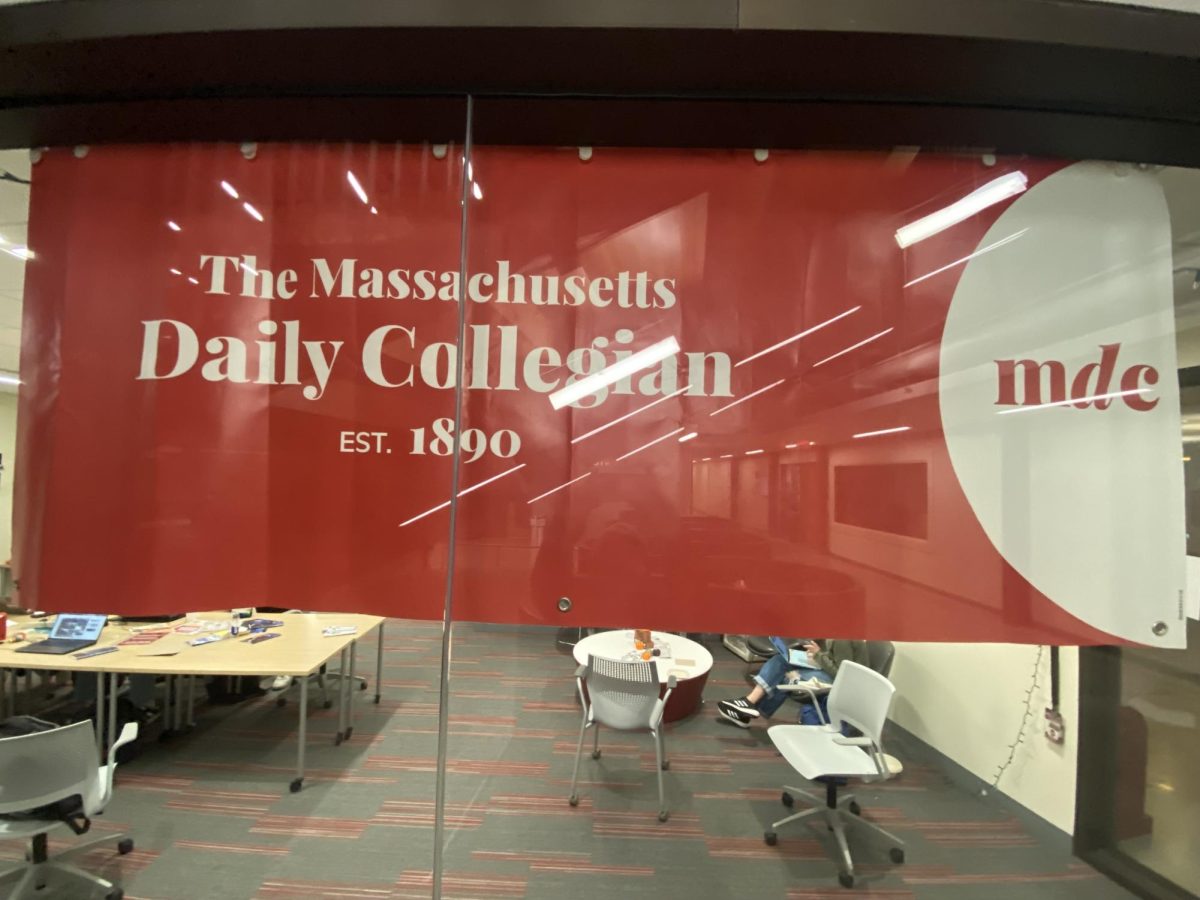
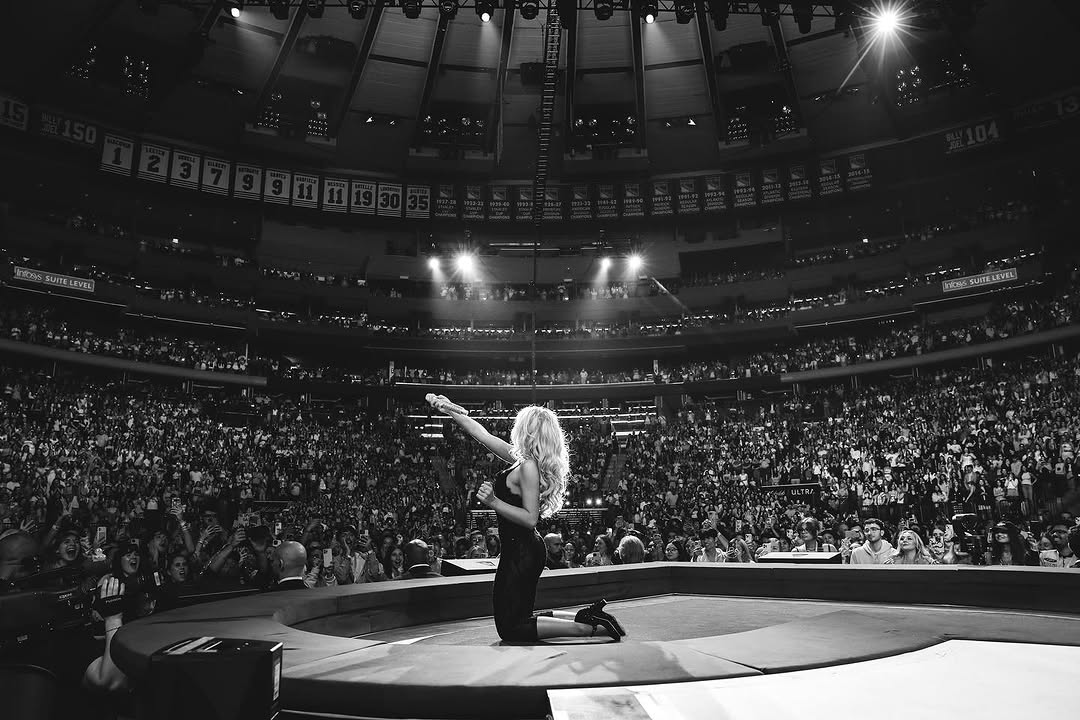

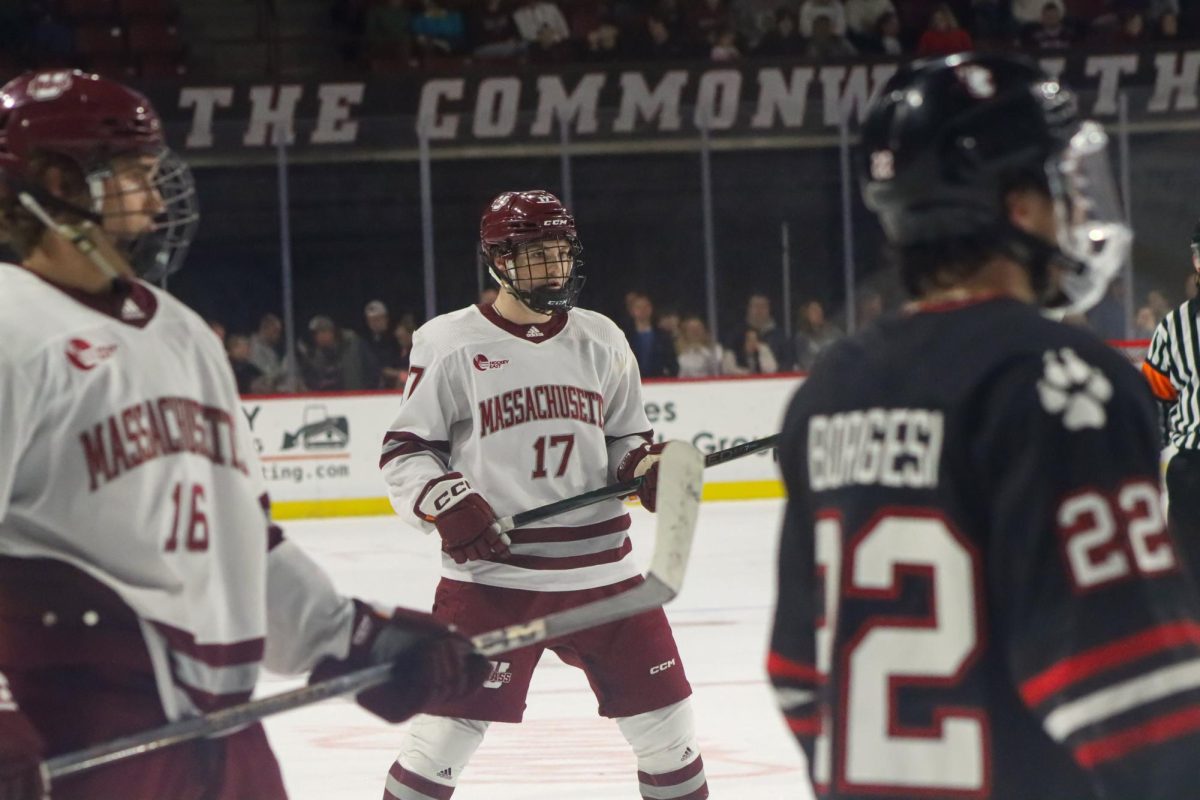
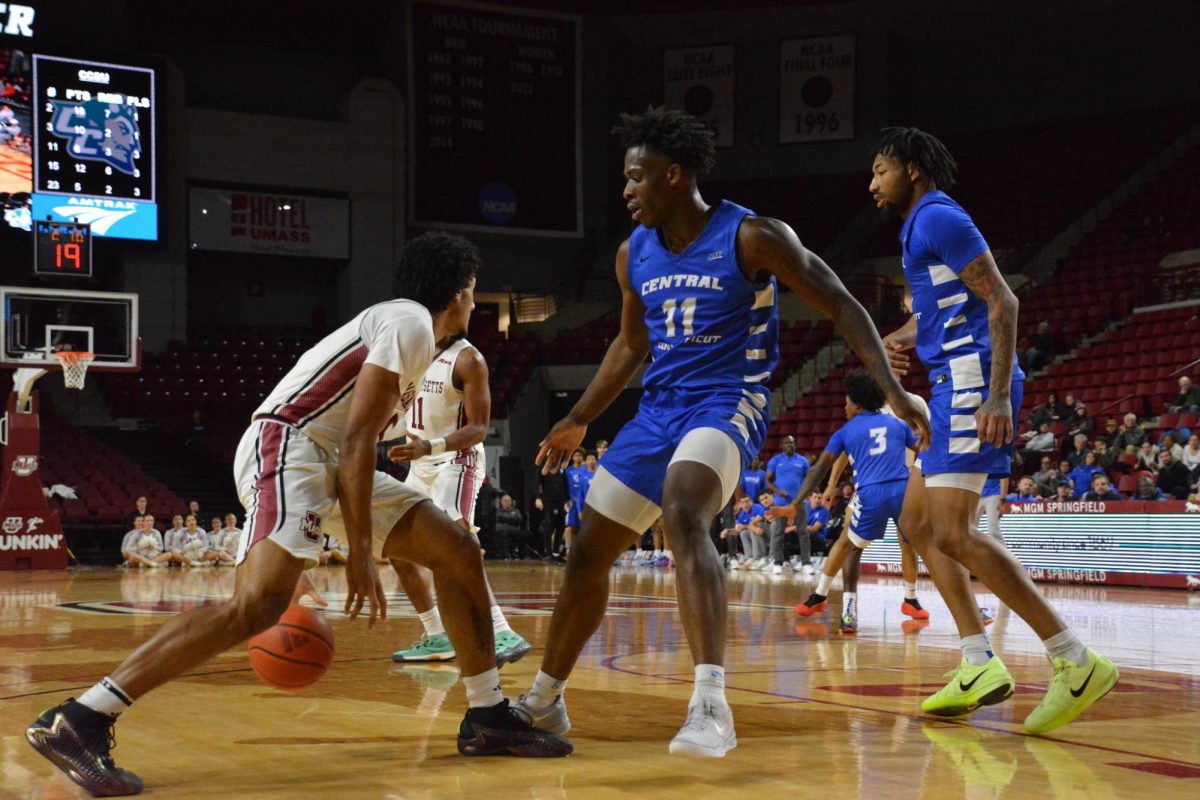
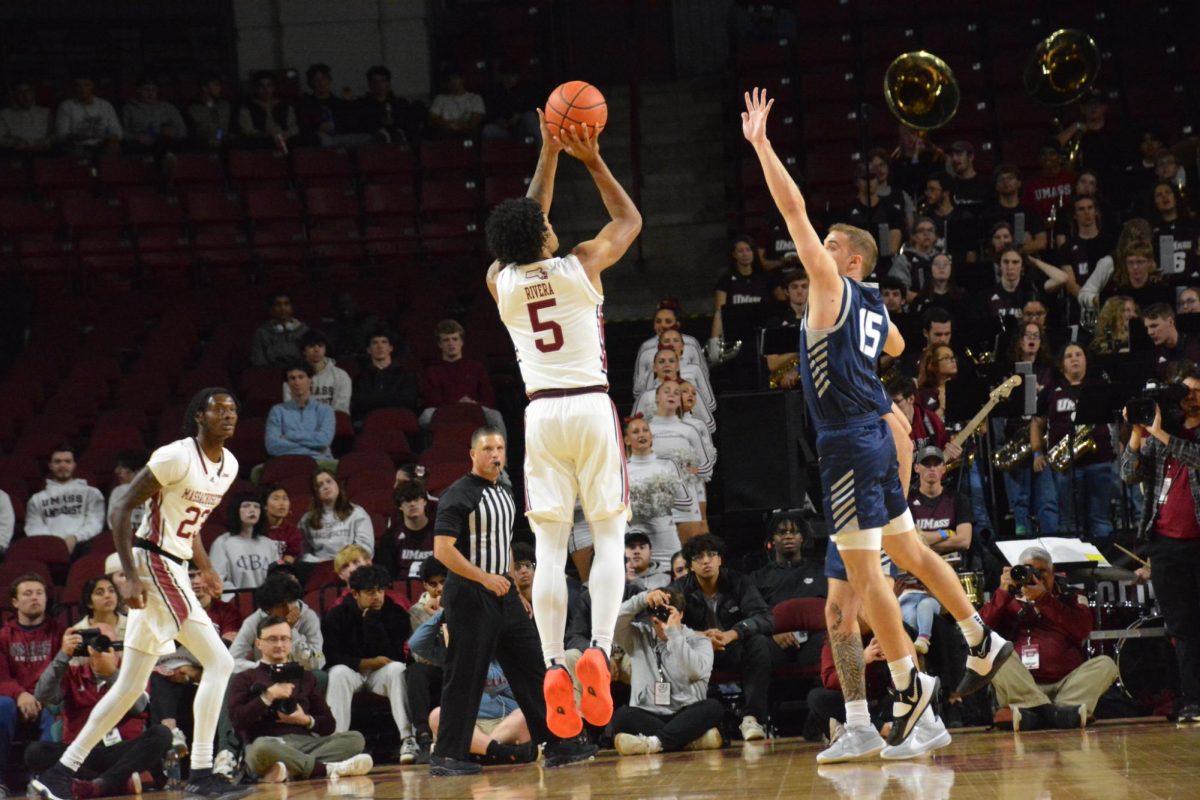
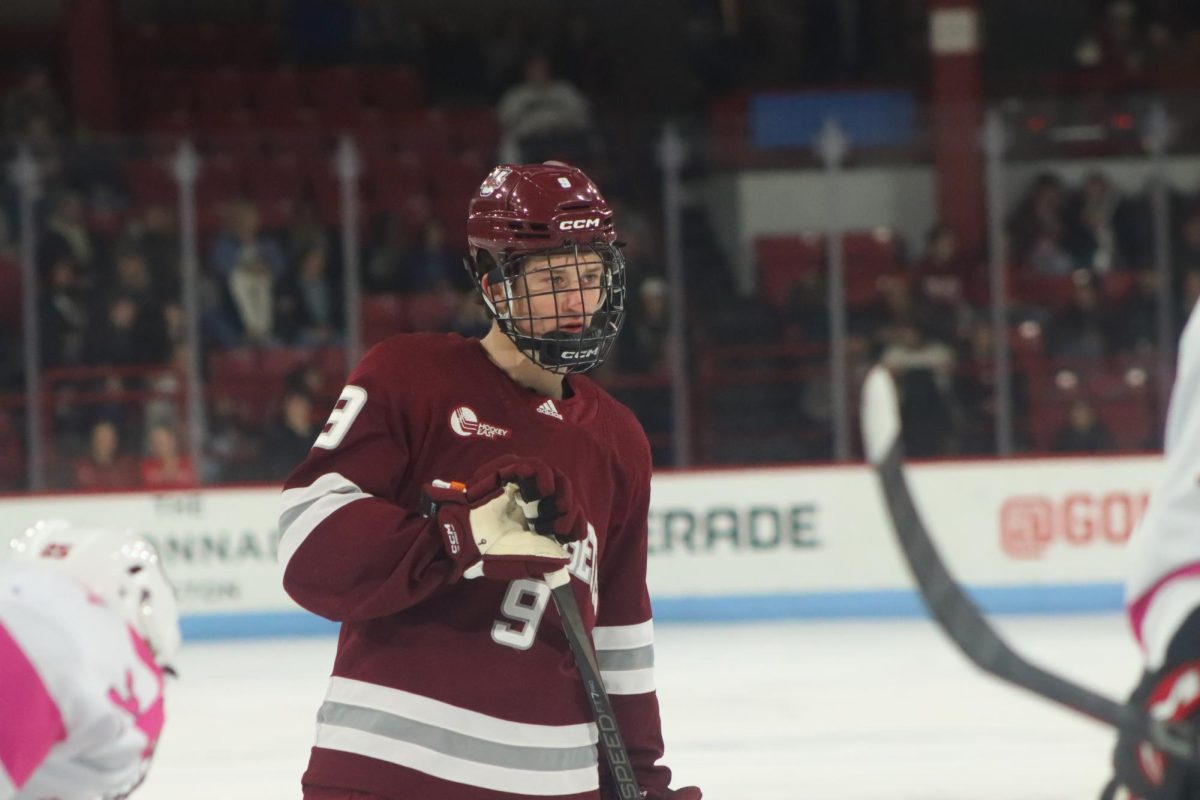
Zachary Suranofsky • Jul 30, 2022 at 8:33 pm
It probably would’ve been a good idea to talk to some drivers at UMass Transit. I don’t think any of us have an issue with the wages. The main problem is that we have no drivers. The most common response I get when I ask someone if they want to join is “I don’t want to drive a bus”. Salary is not the concern. Whatever the case, routes are being scaled back because nobody is there to drive them. A free campus uber is not going to help. To make something like that reliable for the number of students who need to get around, especially later, there would need to be A LOT of cars, maybe even in the hundreds. The logistics behind that are ridiculous. Also, cars are the reason American cities have such a problem with transportation. Our country was redesigned around the idea of using a car to commute from the suburbs to the city for work, and now we’re suffering the consequences. Adding more cars to the mix won’t fix anything, it’ll just back up traffic at UMass even more, while being a completely unsustainable endeavour for UMass Transit, which struggles to keep its 40 or so buses operating all day during the semester. If there weren’t such a staffing issue, UMass Transit would probably be able to keep up. Also, most drivers are students, they can’t just stay up all night.
Nevada Citizen • Mar 5, 2022 at 1:37 pm
Thank you for writing this article. It is a very nice piece and I agree with your opinions 100%. I am from Nevada and we have the same problem. I am struggling to get to college myself and I have classes on 2 different campuses. It is absolutely ridiculous that the upper class feel that we as citizens have no right to get to where we need to be. It’s disgusting.
Sophia Torres • Feb 10, 2022 at 2:28 pm
You should have reached out to UMass Transit drivers before writing this piece. We have a serious driver shortage, let alone if there were to be extra vehicles out we would need more employees. There’s false information in here as well, and a lack of the driver’s perspective.